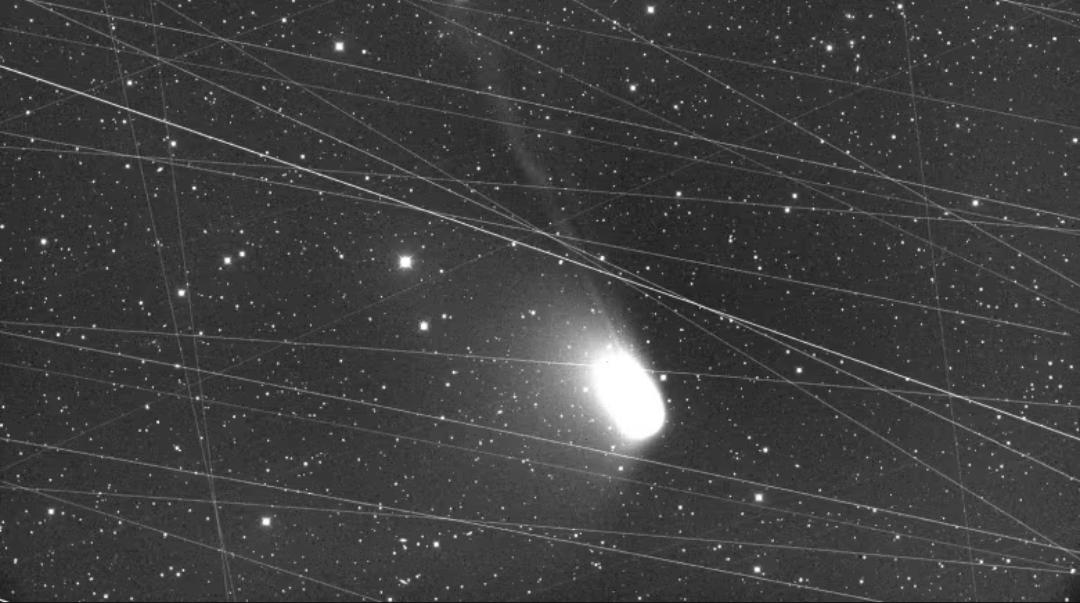The night sky, once a source of wonder and scientific inquiry, is increasingly obscured by the proliferation of satellites, particularly those from SpaceX's Starlink megaconstellation. Since 2019, SpaceX has launched thousands of satellites, affecting astronomical research by creating visual and radio interference. Despite efforts to collaborate with the astronomical community, solutions have been limited.
Astronomers face challenges from Starlink satellites that create streaks in telescope images and emit radio noise. The sheer number of satellites raises concerns about overcrowding in orbit, potentially leading to the Kessler effect, where collisions create cascading debris.

Life Imposes Things On You That You Can’t Control, But You Still Have The Choice Of How You’re Going To Live Through This
Celine Dion
Acknowledgment of Life’s Challenges: The quote recognizes that life can be unpredictable and present challenges, obstacles, and hardships that are beyond an individual’s control. It emphasizes that adversity is a natural part of the human experience.
The Impact of SpaceX's Satellite Constellations on Astronomy and the Night Sky
SpaceX has attempted to reduce satellite brightness and radio interference but with limited success. Recent efforts include steering radio emissions away from telescopes, though unintentional electromagnetic radiation remains an issue. Newer satellites appear blue due to coatings intended to reduce visibility, but they scatter more light.
The night sky's importance extends beyond science; it has influenced human culture and curiosity. However, with more than one-third of humanity unable to see the Milky Way due to light pollution, the impact is profound.
As other countries and companies plan their own satellite constellations, the future of astronomy is uncertain. The tension between commercial interests and scientific needs persists, raising questions about the long-term effects on our understanding of the universe.










